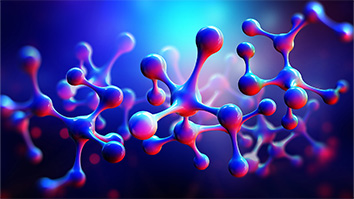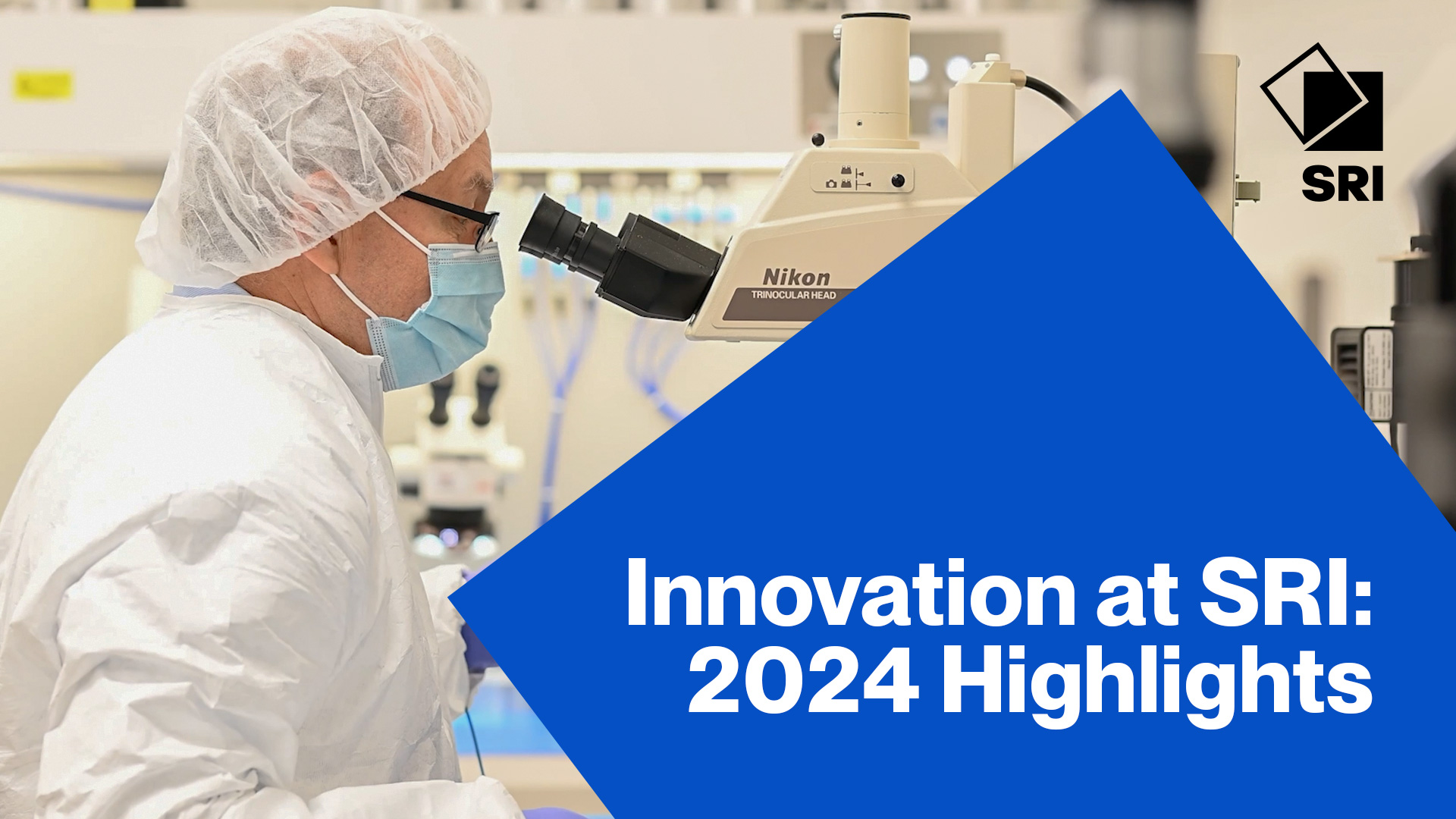Citation
Ng, T.; Russo, B.; Arias, A. C. Solution-processed, inkjet-patterned non-volatile memory arrays. 2010 Fall MRS.
Abstract
Non-volatile memory devices for mechanically flexible electronics are being developed for short-term data storage in applications that require a maximum lifetime of only a few weeks. Inkjet printing was used to pattern ferroelectric field effect transistors (feFETs) and addressing thin film transistors (TFTs). The organic feFETs were fabricated with poly(vinylidene fluoride-co-trifluoroethylene) (PVDF-TrFE) as the gate dielectric material. Application of an electric field across the ferroelectric insulator induces polarization of the dielectric layer. The remnant polarization alignment can be used as a record of the input voltage and thus functions as memory states. The integration of feFETs with addressing TFTs into an active-matrix memory array is needed in order to avoid pixel cross talking. The electrodes and addressing lines were composed of inkjet printed silver nanoparticles. A polythiophene derivative was used as semiconductor in the memory feFETs while a soluble small molecule was used as the semiconductor in the addressing TFTs. Memory feFETs were shown to retain 50% of output current over seven days. The transistor characteristics were monitored to understand the limiting factors to data retention time. We studied the degradation in the dielectric layer and in the semiconductor layer separately to understand the origins of possible device instabilities. Finally the flexible memory array was integrated with electrophoretic media to enable visualization of the working printed memory process.


